
The Complete Guide to Hair Salon SEO: Attract More Clients & Boost Bookings
For any hair salons, marketing is critical.
No matter how good your facility is and how excellent your services are, you won’t be a profitable salon if you can’t attract enough clients.
Therefore, every hair salon may benefit from search engine optimization (SEO) as a strong and inexpensive marketing tool. With search engine optimization (SEO), you may raise your website’s visibility in search engine results, which in turn increases your website’s traffic, bookings, and revenue.
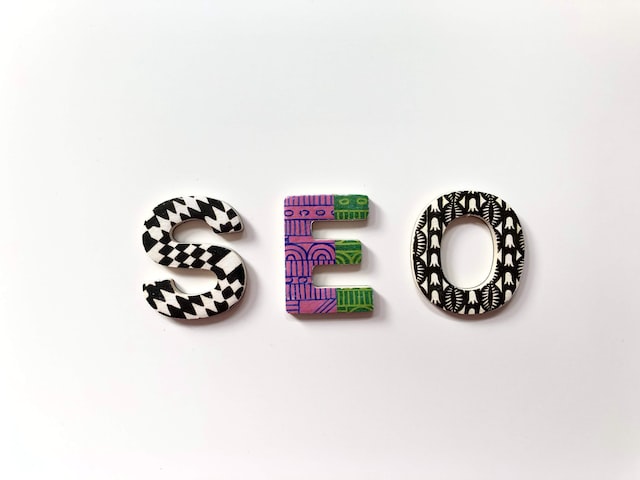
Hair salons rely heavily on local customers. When potential clients search for something like “salons near me” on Google, you want your business to appear (ideally at the top) of the search results. This visibility will drive more traffic to your salon’s website, and in turn, drive more clients to your hair salon.
However, though it may seem simple, applying SEO may be a huge undertaking if you aren’t sure where to begin. This is where this guide comes in.
This SEO guide is designed to help hair salons increase their clientele via the use of search engine optimization. Here is what we will go over:
- The basics of SEO and its importance for your hair salon
- Discover how to conduct keyword research to find and use the right keywords
- Conduct on-page SEO to optimize your website’s content and structure
- Boost your exposure in local search results and attract nearby customers with local SEO.
- Perform technical SEO to ensure your website meets technical requirements for better performance and usability.
- Create a comprehensive content strategy and craft engaging content that attracts and retain clients
- Link-building strategy to earn high-quality backlinks
- Find out how well your SEO strategies are doing with the help of tools and base your choices on the analytics.
Done with the introduction. Let’s go on learning the ropes of search engine optimization.
I. Hair Salon SEO Foundations
What is SEO and Why it Matters for Your Hair Salons?
SEO, as we know, stands for Search Engine Optimization. It is the practice of enhancing websites and their content to get better rankings in search engine results pages (SERPs) for relevant keywords.
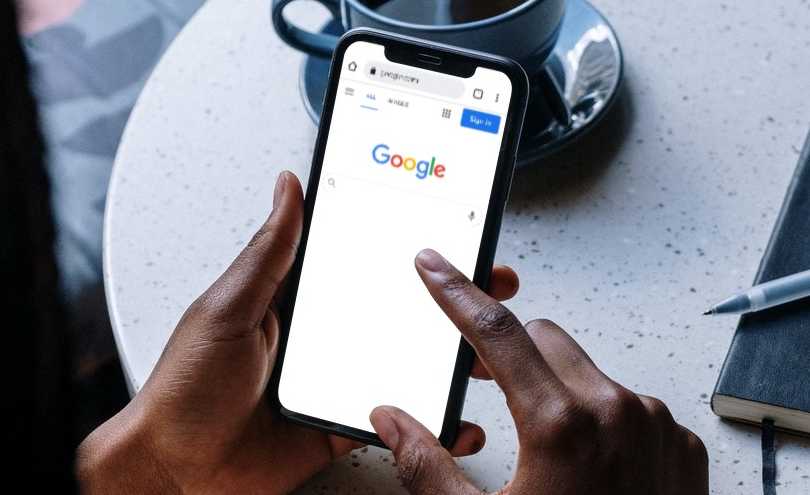
By attaining a better position on relevant search queries, you may enhance both the volume and quality of website visitors.
To really understand how SEO works, we have to first understand how search engines (i.e., Google) work.
How Search Engines Work
There are two basic principles driving how search engines like Google work:
- Indexing: Automatic bots, (Googlebot for Google), are employed by search engines to index and locate new pages on the internet. The algorithms may analyze content, follow hyperlinks, and investigate several other elements of a page in order to ascertain the structure and context of the page.
- Search Algorithms: To determine a page’s ranking, search engines use complex algorithms. These algorithms often consider thousands upon thousands of variables to assess a page’s quality and relevancy to a specific search.
In the part that follows, we will talk about these variables, which are known as the “ranking factors”.
Ranking Factors for Hair Salon SEO
Although as mentioned, there are thousands of ranking factors considered by Google, below are some of the most prominent ones:
1. Keyword Usage
Effective use of keywords is crucial so the search engines can understand what the page is about, and we should consider three different aspects:
Relevance: Using phrases and words pertinent to the offerings of your hair salons. For example, “hair salon in [city name], “hair colorist,” “haircut,” and so on.
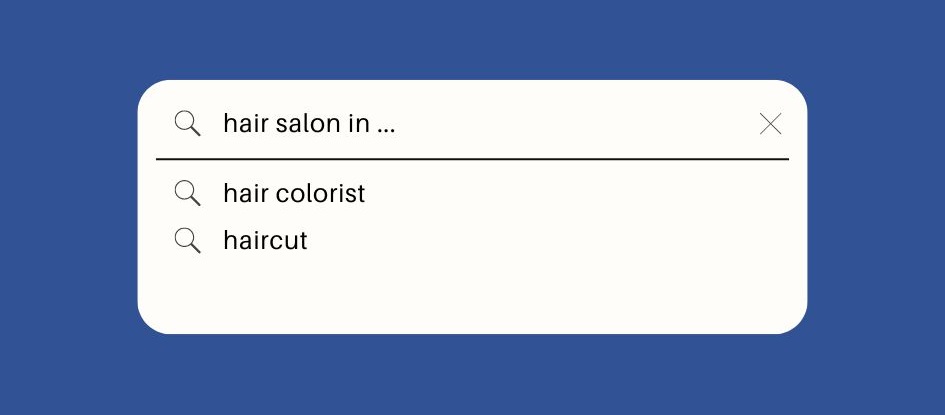
Placement: Naturally include keywords into your headers, meta descriptions, title tags, and content’s body.
Density: Prevent the use of keywords excessively (keyword stuffing). Aim for the organic/natural inclusion of keywords in your content.
2. On-Page Factors
- Title Tags and Meta Descriptions: Create meta descriptions and title tags that are keyword-rich and compelling.
- Header Tags: Make strategic use of headings (H1, H4, and H5) to organize your material and naturally include them in the content.
- Content Quality: Develop interesting, useful, and instructive content to answer consumers’ search queries.
3. Technical Aspects
The following technical aspects of your website will affect SEO performance:
- Website Speed: Search engines prioritize websites that load fast. They also offer a better user experience and reduce bounce rates. To speed up page loads, try using a content delivery network (CDN), turning on caching, and compressing images.
- Mobile-Friendliness: Make sure your pages can be displayed and are functioning as intended on different devices with various screen sizes.
- Security: Search engines favor websites that are designed to be secure. Ensure that HTTPS is implemented on your website.
4. Local SEO factors
Given that hair salons are inherently local businesses, these local SEO factors are essential:
- Google Business: Claim and optimize your Google Business (previously known as Google My Business) listing. Encourage client reviews, include pertinent photographs, and provide precise information.
- Local Keywords: Optimize your content for keywords that include your location (i.e., “hair salon [city name],” “haircut [city name],” [city name] salon”, and so on.)
- NAP Consistency: When listing your salon in online directories, make sure the business name, address, and phone number are always consistent.
5. User Experience (UX) Factors
- Navigation: Ensure that your website is user-friendly, with a logical structure and plain menus.
- Engaging Content: Keep visitors interested by incorporating informative content, videos, and high-quality images.56
- Bounce Rate: To minimize bounce rates, ensure that your content is user-friendly and aligns with user expectations.

6. Backlinks
Backlinks (inbound links) are akin to votes of confidence for your website. When reputable websites link your page, they are saying that your page is credible and trustworthy. The search engines will pick this signal and see your page as authoritative.
- Quality over Quantity: Remember that quality is more significant than quantity when it comes to backlinks. It is crucial to prioritize the acquisition of links from high-quality, reputable websites or blogs over a significant number of links from low-quality sites.
- Local Backlinks: Obtain backlinks from publications, bloggers, and local businesses.
7. Reviews and Ratings
Reviews posted online have the potential to establish trust with potential clients and impact local search rankings:
Encourage clients to submit (positive) reviews on your Google Business or Google Map page, as well as on other platforms such as Facebook Places and Yelp.
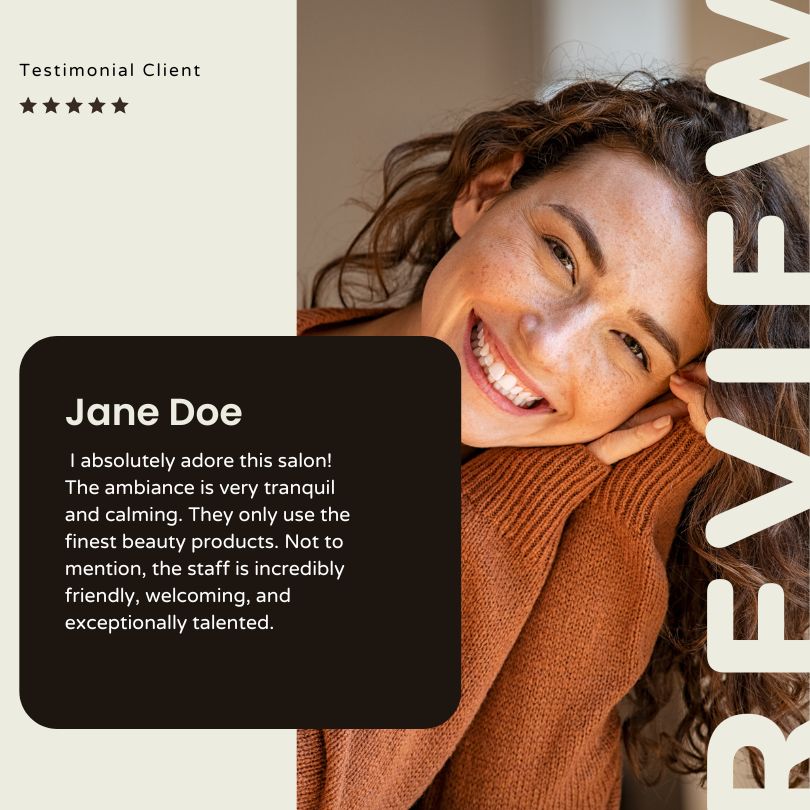
Thank reviewers for their positive feedback and respond to any negative reviews in a professional manner. Responding to prior reviews may serve as an incentive for others to consider leaving their own reviews in the future.
8. Visibility on Social Media
Even while Google does not use social media signals as direct ranking criteria, having a strong presence on social media might improve your SEO:
- Engagement: Post content regularly, and regularly interact with your followers.
- Local Hashtags: Use local hashtags (and incorporate local keywords when you can) to increase visibility within your local community.
- Links: Share links to your website and blog posts on your social media profiles.
9. Content Freshness
Updating your website’s content on a regular basis is essential for search engine optimization.
You can, for example, regularly publish blog posts about haircut trends, hair care tips, and news related to your salon.
Regularly refresh old content with new information and include newer target keywords when possible.
10. Structured Data Markup
By incorporating structured data markup, also known as schema markup, into your website’s code, you are assigning labels and attributes to various content elements to explain their nature.
This improves the way search engines, such as Google, understand and present your material in search results.
To enhance your hair salon website, consider using schema markup to provide supplementary context on your salon’s services, location, contact information, and other pertinent information.
Also, implement structured data for your reviews and FAQs (if any) to improve your search listings.
Keyword Research 101
With the knowledge we have acquired regarding the pertinent ranking factors in hair salon SEO, it is time to proceed to the subsequent prerequisite: keyword research.
Identifying Relevant Keywords
Arrange an ideation session to determine the potential search terms that your clients may use.
The following are some frequently used phrases when potential clients are searching for information related to hair salons

You can also use various keyword research tools to find other relevant and popular keywords. The free Google Keyword Planner is always handy, but there are also other options like SEMRush, Ahrefs, etc.
Technical SEO
Optimizing the technical aspects of your website is the subsequent step after compiling an exhaustive list of your target keywords. This will establish a foundation for SEO success.
While there are literally countless technical elements you can optimize on your hair salon website, here are some of the most essential ones:
- Page Speed
- Compress images without compromising quality. Tools such as ImageOptim and TinyPNG are available for your usage.
- Enable browser caching to store static files locally for faster access.
- Use a Content Delivery Network (CDN) to distribute your site’s content globally.
- Minimize JavaScript and CSS files to reduce load times.
- Lower server response time by choosing a reliable hosting provider.
- Mobile Optimization
- Make sure your site adjusts to various screen widths by adopting responsive design.
- Test your site’s mobile-friendliness using Google’s Mobile-Friendly Test tool.
- Optimize buttons and other elements to be easily clickable on smaller screens.
- SSL Certificate
A Secure Socket Layer (SSL) certificate enables your website to load over HTTPS rather than standard HTTP, thereby encrypting data between your website and its users. As previously mentioned, Google regards HTTPS as a ranking factor.
Make sure to obtain and implement an SSL certificate, and redirect all your pages to HTTPS to avoid duplicate content issues.
- Structured Data Markup
- Implement structured data (schema.org) markup on your site’s content, especially business information, reviews, and services.
- Implement JSON-LD format for structured data, as recommended by Google.
- Test your structured data with Google’s Rich Results Test tool.
- XML Sitemap
- Create an XML sitemap that lists all relevant pages.
- Be sure to submit your sitemap to Google Search Console.
- Regularly update the sitemap when there’s new and updated content.
- Robots.txt Configuration
- The robots.txt file advises search engine crawlers on which pages to index and explore.
- Ensure that your robots.txt file is properly configured to permit the crawling of critical pages.
- Block pages that are not intended for indexing, such as admin pages or duplicate content.
- URL Structure
Both users and search engines prefer clean and descriptive URLS, so optimize the following:
- Keep your URLs short and descriptive. When possible, include target keywords naturally.
- Avoid the use of numerals, special characters, or unnecessary parameters.
- Establish a uniform URL structure for all pages on the website.
- On-Page Elements
- Title Tags: Each page should have a unique, keyword-rich title tag under 60 characters.
- Meta Descriptions: Include pertinent keywords in each page’s meta description, which should not exceed 160 characters. Use compelling language to engage the reader.
- Header Tags: Use H1, H4, and H5 tags to structure your content and include keywords naturally.
- Alt Text for Images: Include descriptive alt text for all images. Include target keywords when applicable.
- Internal Linking
To improve your site’s visibility in search results, it’s important to keep your internal linking structure clean. Furthermore, it will facilitate the transfer of authority across pages.
Some tips to optimize your internal linking:
- Use descriptive anchor text for internal links.
- Link to relevant pages within your content to improve user navigation and SEO.
- Ensure a logical and organized site hierarchy.
- Duplicate Content
The presence of duplicate content can result in search engine confusion and a decline in your rankings. Make sure to use canonical tags to specify the preferable version of a page in the event of duplicate content. Conduct regular audits of your website to identify instances of duplicate content.
11.Local SEO Optimizations
- Check all of your internet listings to make sure your NAP (Name, Address, and Phone number) is consistent.
- Include a Google Maps embed on your contact page.
- Include local keywords in your content and meta tags.
While by no means an all-inclusive list, these technical tweaks might serve as the cornerstone of your salon’s search engine optimization strategy.
II. Advanced SEO Optimizations on Hair Salon Website
Homepage SEO
To prospective customers, your salon’s homepage is often a first impression. Here are some strategies that may be used to optimize your salon’s homepage.
- Title Tag: Compose a title that is easily comprehensible (60 characters maximum) and includes the name of your salon, its location, and primary keyword. Example: “[Salon Name] – Award-Winning Hair Salon in [City Name].”
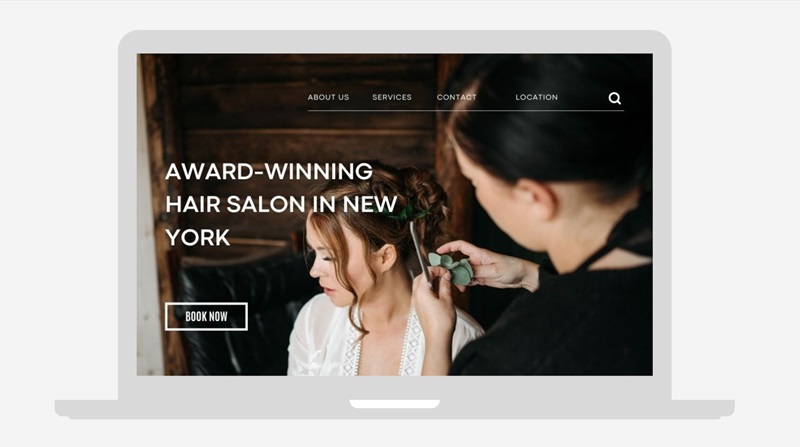
- Meta Description: Write a captivating synopsis (155 characters or less) that entices people to click. For instance, “Discover the best hair cuts, color, and styling in [City Name] at [Salon Name]. Book your appointment online now!”
- Header Tags (H1, H4, H5): Structure your content using these and add keywords. Header 1 should include either the name of your salon or an attention-grabbing statement. Headers 2 and 3 might function as introductions to service sections or testimonials.
- Body: Craft compelling content that incorporates important keywords in a natural way all across your site.
- High-Quality Photos and Images: You want high-quality pictures of your salon’s ambiance and services. Use descriptive file names and alt text with keywords for each image. For instance, “haircut-at-[salon-name]-[city].jpg” with the alt text “Professional haircut at [Salon Name] in [City].”
How a 24/7 Online Booking System Affects Hair Salon SEO
On top of the standard SEO practices, the implementation of a functional 24/7 online appointment booking system can have a substantial impact on the overall online presence and SEO of your hair salon. Here is how:
-
- Improved User Experience: The user experience is improved by the availability of 24/7 online booking, which enables clients to schedule appointments at their convenience. This results in increased engagement and satisfaction, which is preferred by search engines.
- Increased Traffic: People often search for salons that provide convenient online scheduling, so online booking will attract more visitors to your salon’s website.
- Higher Conversion Rates: Increasing the number of visitors who convert into clients who book your services will indicate to the search engines that your website is valuable and relevant.
- Enhanced Local SEO: Using online booking consistently helps keep company information correct and up-to-date, which supports local SEO.
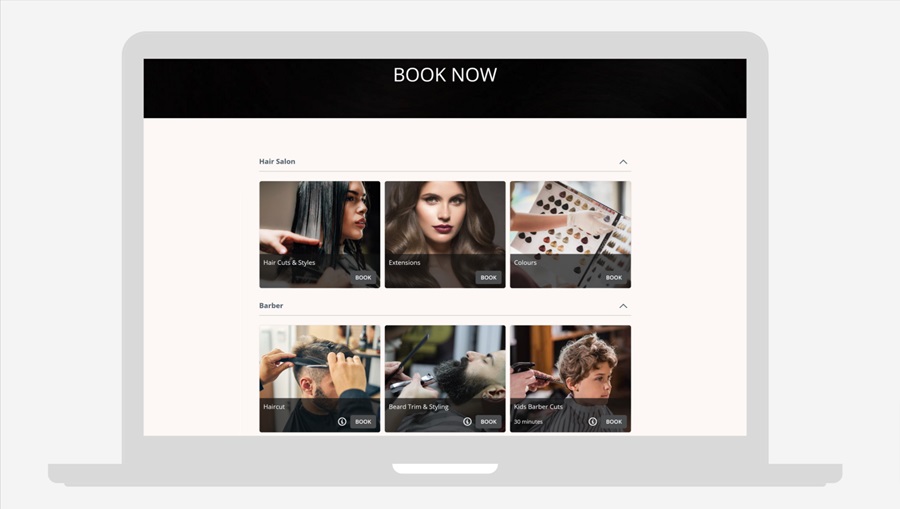
Consider integrating an online booking solution like Bookeo. Place the booking widget front and center on your web page and make it as easy as possible for visitors to schedule appointments at your hair salon right away.
Service Pages
Build and optimize landing pages for each of your services so that you may attract customers by offering in-depth descriptions of your offerings and targeting certain keywords.
Make sure to separate your services on each location’s page if you have more than one.
Some tips:
- Make sure your clients know exactly what to expect from each service. Give detailed descriptions.
- Naturally include target keywords. For example, “Get the best blonde highlights in [City Name] at [Salon Name].”
- If you want to publish pricing, be transparent and unambiguous. Credibility is key when it comes to attracting clients.
“About Us” Page
On top of its SEO import, your “About Us” page is also important for connecting with clients by sharing your salon’s story and expertise.
- Share what makes your salon unique: its history, your unique vision/mission, expertise, unique services, etc. Highlight the skills and experience of your staff when possible.
- Include keywords that reflect your location and services naturally.
When optimizing your services page and “About Us” page, adhere to the on-page SEO best practices we’ve covered in the homepage section (title tags, meta description, header tags, etc.)
III. Beyond Your Website: Building Your Online Presence
Link Building Tactics
When other reputable websites link to yours, search engines use it as a sign that your site is significant and trustworthy. Here are a few effective ways to obtain high-quality links:
- Collaborate with bloggers and influencers in your area: Find influencers/bloggers who are in your area/niche and have a strong following.
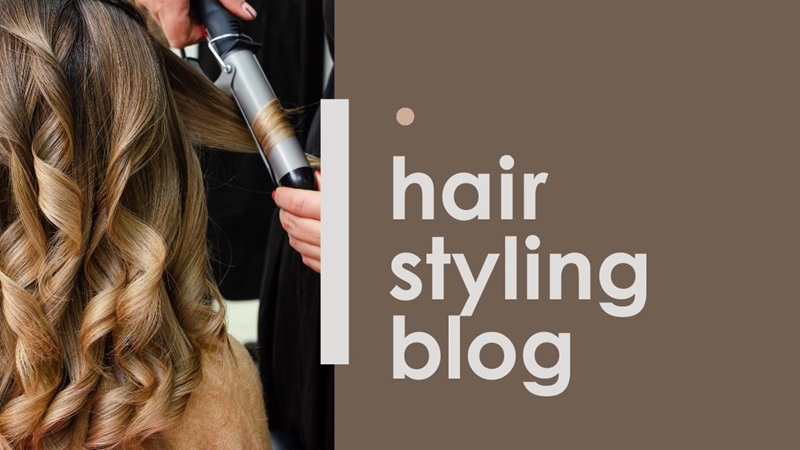
- Offer free services or products: Invite them to your salon for a complimentary service in exchange for a review or feature on their blog or social media. Make sure they include a link back to your website.
- Guest blogging: Send them an email offering to provide guest articles on hairstyles, salon services, or current trends. Incorporate backlinks to your website.
- Engage with local media and publications:
- Press release: Write and submit press releases about your salon (new services, promotions, community involvement, etc.) to local magazines, newspapers, or relevant online publications.
- Expert quotes and articles: Offer your expertise for articles in local publications. Provide quotes or full articles on beauty trends, hair care, etc. Make sure they provide backlinks to your site.
- Partner with local businesses: Work together with complementary local companies such as beauty parlors, spas, fitness centers, etc.

- Cross-promotional partnerships: Look for opportunities on cross-promotional efforts.
- Joint events and promotions: Host events or offer special promotions together with other local businesses. Exchange backlinks by mentioning each other’s businesses on the respective websites.
- Take part in and support local events:
- Sponsorships: Sponsor community organizations, local sports teams, or other activities. Make sure that the promotional materials or event websites contain your salon’s name and website link.
- Community involvement: Show up at community events and provide free demos or services. Get in touch with the event planners and ask if they might link back to your salon.
- Create high-quality and shareable content: Consistently publishing shareable content is the only certain way to get high-quality backlinks.
- Educational content: Publish informative blog posts and content, such as hair care tips, news on current beauty trends, etc.
- Infographics and videos: Visually aesthetic content will always attract backlinks. Share visually appealing videos and infographics related to hair care and salon services on your website and social media.
- Monitor and reclaim lost backlinks: Keep an eye on your backlink profile with the use of tools like SEMrush, Ahrefs, or Moz. Reach out to websites that have deleted or broken links to yours.
- Reclaim unlinked brand mentions: Find online mentions of your salon that don’t include a link. Get in touch with the author or site owner and ask for a backlink to your site.
Google Business Listing
Optimizing your Google Business listing can help your local SEO efforts and significantly enhance salon’s visibility:
- If your salon is listed on Google, you may claim it by searching for it.
- Complete any fields that are applicable, such as NAP details, website address, and business hours.
- Showcase your salon, services, and employees with stunning, high-resolution images on your Google Business listing
- Regularly update your listing with special offers, announcements, new photos, etc.
- It’s critical to ensure your NAP information is consistent across your Google Business listing, website, and other directories.
- Encourage and respond to reviews, both positive and negative, in a professional and timely manner.
Local Citations and Directories
Getting listed on relevant local directories and business websites can improve your salon’s local search rankings and drive more traffic to your site:
- Identify popular local directories and salon-specific blogs/websites where you can list your business
- Submit your NAP information, and a brief description of your services to these online directories. Ensure consistent information across all listings.
Social Media SEO
Optimizing your social media profiles and sharing engaging content can boost your online presence and drive traffic to your website:
- For better search engine optimization, be sure to include important keywords into your social network profiles and descriptions.
- Use a consistent NAP format across all profiles.
- Share high-quality images, videos, and status updates on salon events, sales, and offerings.
- Make your website or individual service pages more visible to search engines by linking back to them.
- Engage with your audience on a regular basis by responding to their comments and messages.

Building a strong online presence beyond your website can improve your salon’s visibility, while also driving more traffic and bookings. All of these can contribute to its SEO performance.
Conclusion: Your Path to SEO Success Starts Now
This guide has comprehensively addressed the fundamental components of SEO for hair salons, ranging from the fundamental principles to more sophisticated strategies. Optimizing your website, developing a robust online presence, and producing captivating content can help you attract additional clients, increase your number of bookings, and establish your salon as a leader in your local market.
Remember, SEO isn’t a one-and-done task, but it should be a continuous process. You should keep learning and adopting your SEO strategy again and again.
Bookeo’s platform streamlines a lot of the steps involved:
- Seamless Online Booking: Enhance the usability of your website and boost conversions by making it simple for customers to make sessions at whatever time you want.
- Client Management: You can better cater to each customer’s needs by keeping their information and booking history in your database.
- Integration with SEO Tools: Simplify your local citations and directory entries using Bookeo’s integrations.
Your salon’s internet visibility may be greatly enhanced by integrating these SEO methods with the services provided by Bookeo. Put these strategies into action right now to see your salon flourish.
Bookeo can help your salon’s search engine optimization efforts. Try it for free, for 30 days.

